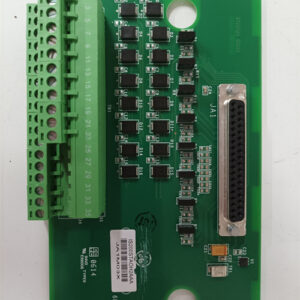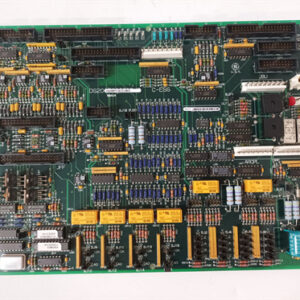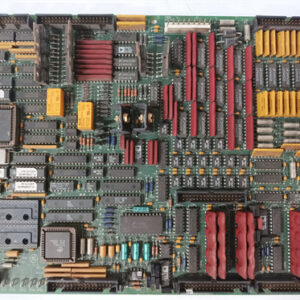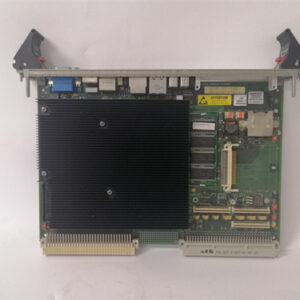الوصف
The GE DS3800NPTA is a Twelve Pulse Card used in the GE Speedtronic Mark IV series of turbine control systems. Its primary function is related to power conversion and quality.
Purpose of a Twelve Pulse Card
A twelve-pulse rectifier system is an advanced method of converting AC (alternating current) to DC (direct current). This process is crucial in industrial control systems because many of the internal electronics require stable DC power.
The “twelve-pulse” design is achieved by using two separate six-pulse rectifiers, often arranged with a phase-shifting transformer. This configuration effectively cancels out the 5th and 7th harmonics in the input current. The result is a much cleaner DC output with significantly reduced ripple and a lower total harmonic distortion (THD) on the AC input.
For a system as sensitive as a turbine control system, a clean, stable DC power supply is vital for the reliable operation of all control and monitoring circuits. The DS3800NPTA card facilitates this high-quality power conversion, ensuring the integrity of the signals and the longevity of the components.

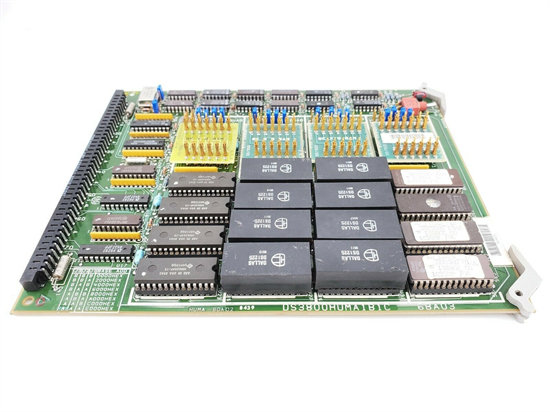

 +86 15340683922
+86 15340683922 +86 15340683922
+86 15340683922